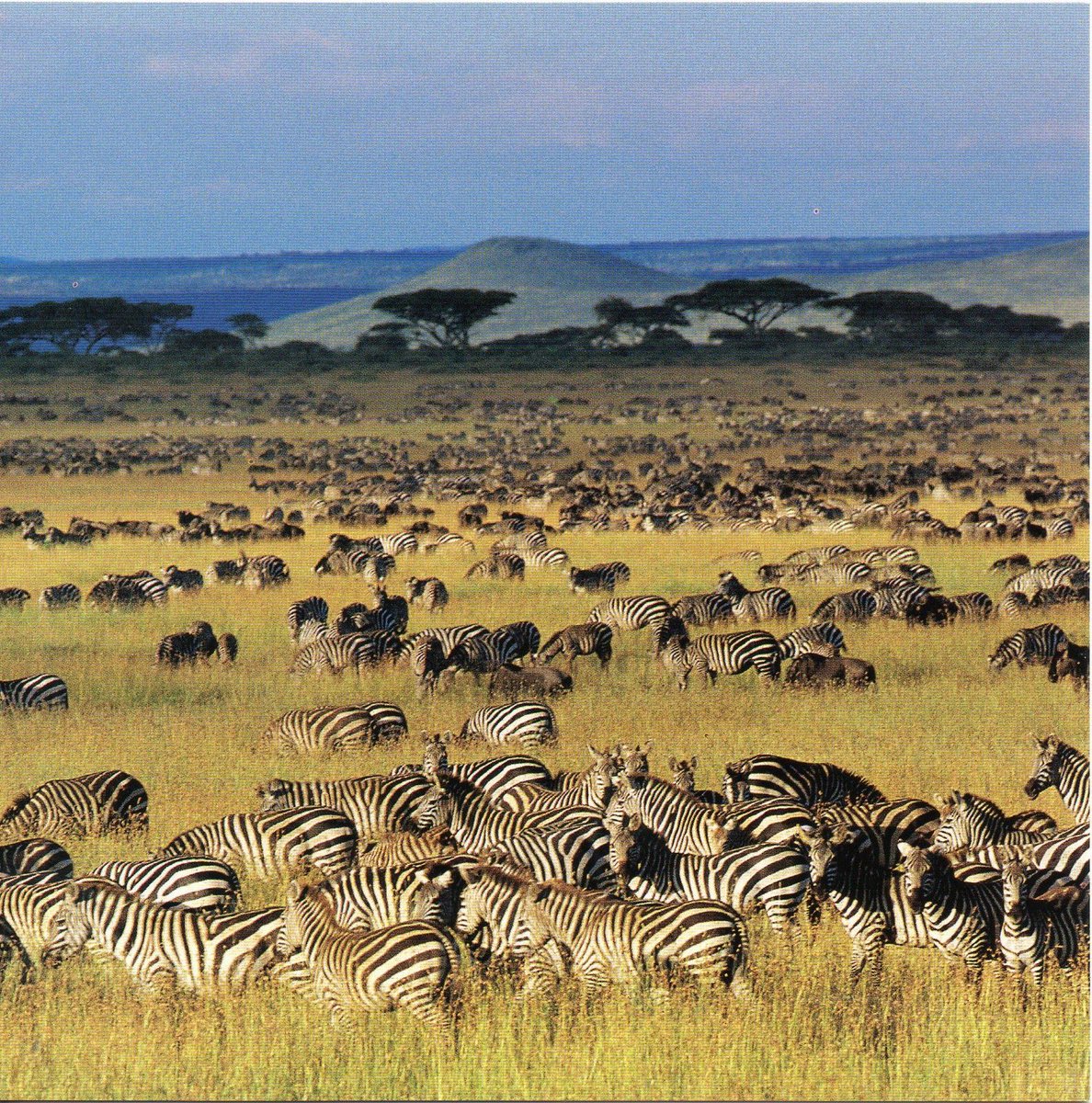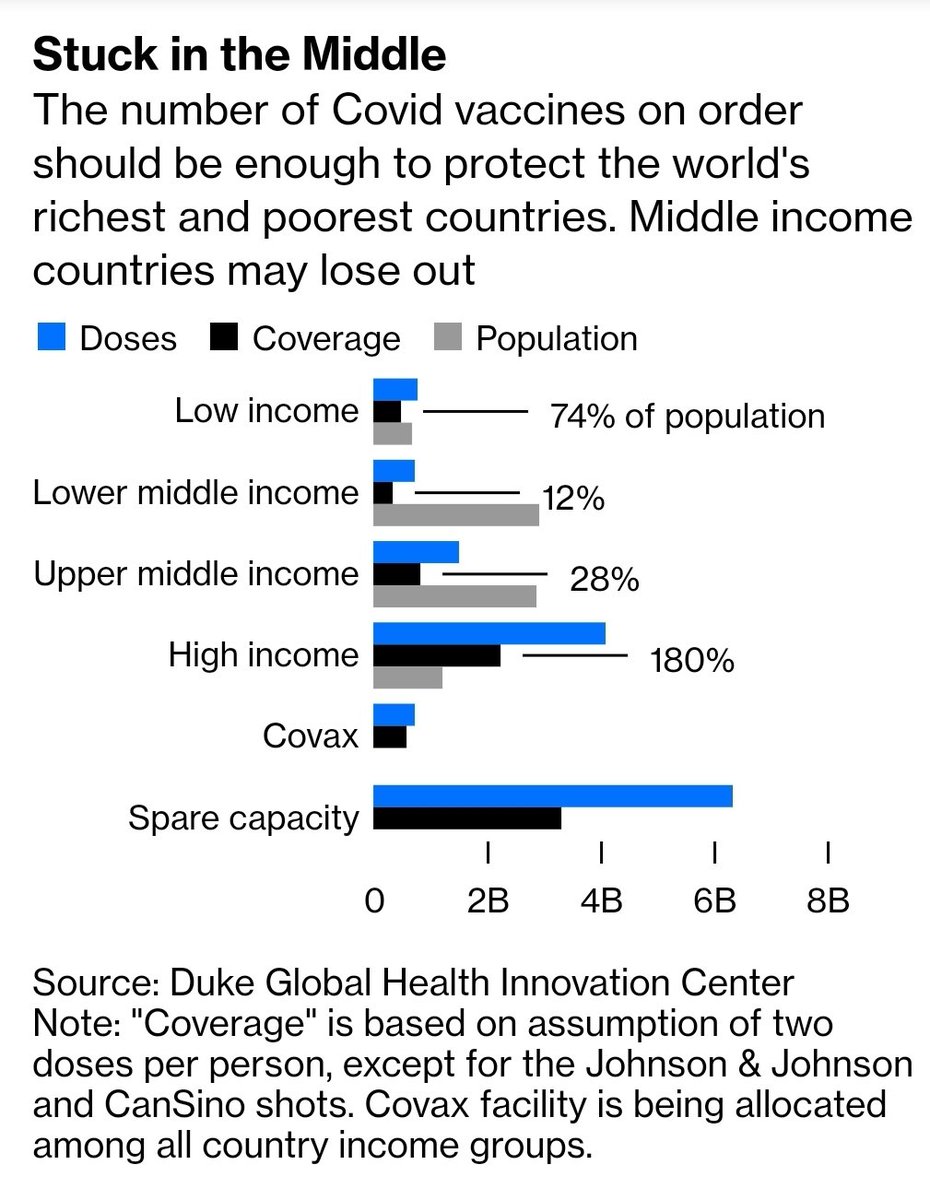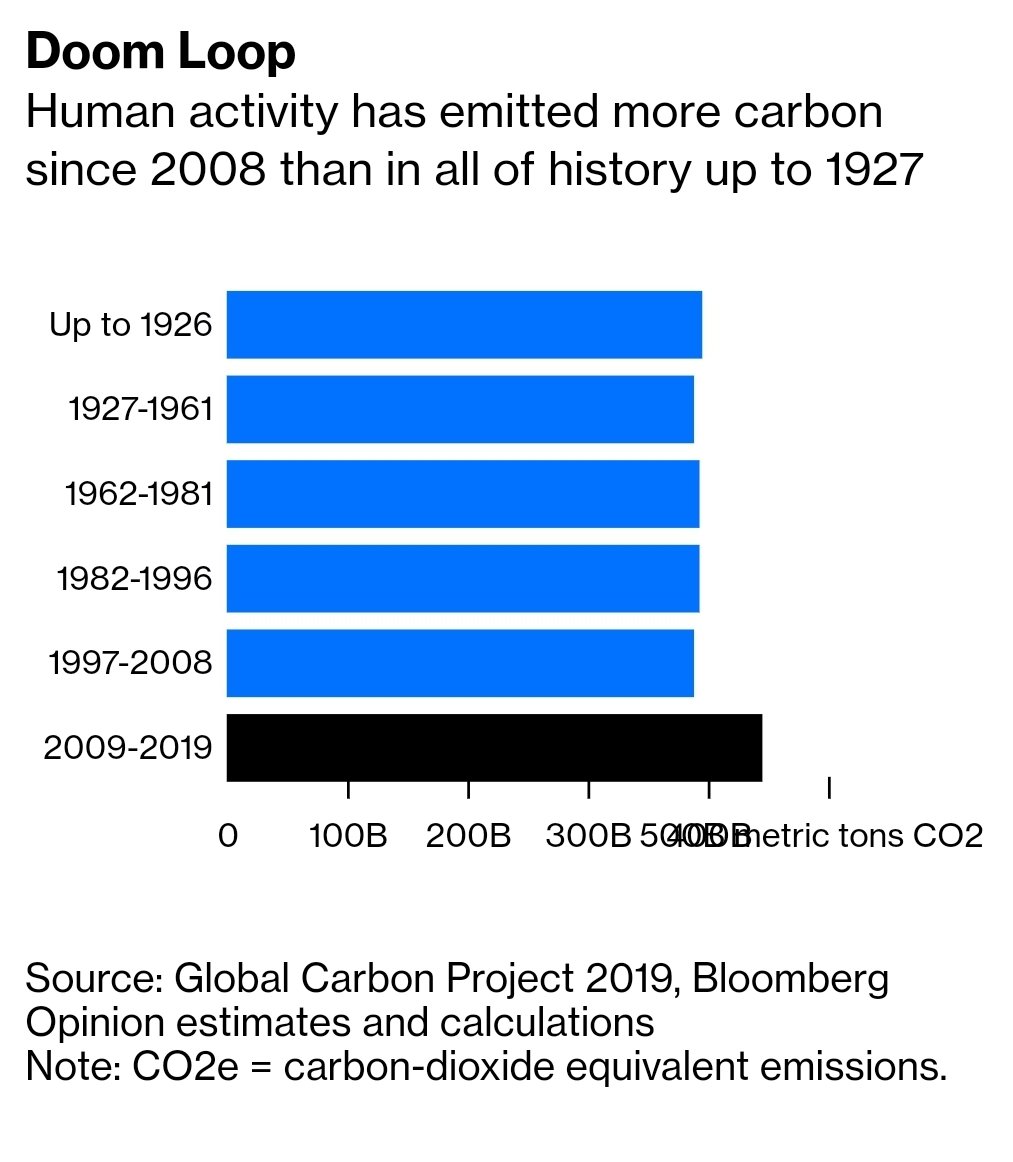
TIL that the wildlife-rich, largely depopulated landscape of East Africa's savannahs isn't a primeval ecosystem but the product of two late 19th century epidemics:
faculty.umb.edu/peter_taylor/p…
faculty.umb.edu/peter_taylor/p…

This story is pretty well-known in the Americas and Australia: How epidemics, especially smallpox, devastated Indigenous populations, created huge herds of wildlife, and left the country open to colonial invasion. I had no idea it was the case in Africa.
bbc.com/news/science-e…
bbc.com/news/science-e…
Basically rinderpest is introduced by Italian invaders in Eritrea in 1887 and spreads through all of East Africa, devastating cattle herds to the point where the human societies dependent on them starved.
Then tsetse fly and sleeping sickness moved in and made it hard for humans to re-establish themselves because of the burden of disease.
The result is herds of wild game spreading unchecked by the presence of apex predators, ie humans.
The result is herds of wild game spreading unchecked by the presence of apex predators, ie humans.

And that's the creation of "Africa" in the colonial mind, an image that's still indelibly persistent today.
It's an ecosystem that's been around for less time than the motor car but we sorta think it dates back to the dawn of time. (ends)
It's an ecosystem that's been around for less time than the motor car but we sorta think it dates back to the dawn of time. (ends)
I think it's under-appreciated that the Scramble for Africa where European powers divided up the continent in the decades before World War I happened in a region devastated by this twin epidemic.
It's not clear to me that colonial nations would have been able to conquer so much territory if the country in question hadn't been devastated by disease.
Arguably Ethiopia was one of those colonial powers, expanding its territory in the face of European encroachment in the same way that Japan did in northeast Asia at the same time.
• • •
Missing some Tweet in this thread? You can try to
force a refresh










